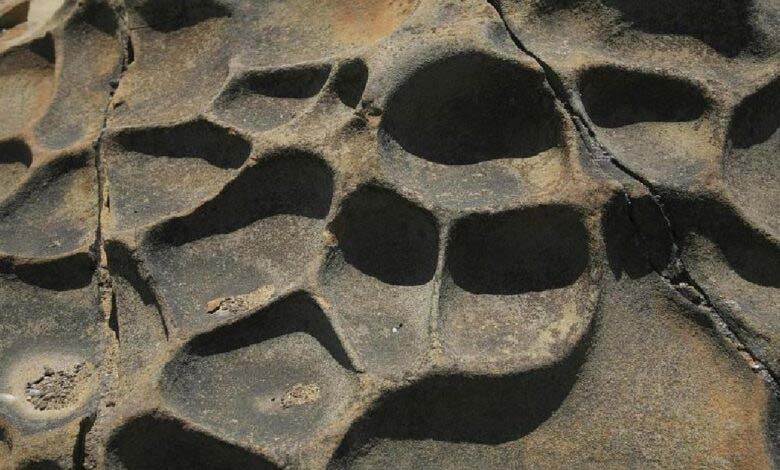Natural Weathering of Rocks: When Volcanoes Compete in Carbon Emissions

Once considered a process for absorbing carbon dioxide, it has become evident that natural weathering releases a significant proportion into the atmosphere.
In the past, scientists viewed the natural weathering of rocks as a way to sequester carbon dioxide from the atmosphere, but a moment of doubt has shifted the scientific perspective. This doubt led a research group from the University of Oxford to question whether the natural weathering of rocks might cause the emission of large quantities of carbon dioxide, competing with the emissions produced by volcanoes.
What is the weathering process?
It refers to the breakdown of rocks and minerals. It occurs entirely naturally, and this process is the first step in soil formation, as rocks, including organic material and minerals, break down to create fertile soil for plant growth. There are three types of weathering: chemical, mechanical, and biological.
Environmentally Friendly
The weathering process was once considered environmentally friendly because it contributed to rock breakdown. Some types of weathering react with water and atmospheric air, capturing carbon dioxide and locking it away in a solid form. This makes it part of the Earth’s natural carbon cycle, playing a role in regulating greenhouse gases on the planet.
Competing with Volcanoes
Rocks contain a vast amount of carbon, accumulated over millions and billions of years from the remains of plants and animals. Therefore, they hold a significant stock of organic carbon. This raw carbon, when it reacts with oxygen, releases carbon dioxide gas.
Researchers measured the amount of carbon dioxide released from rocks into the atmosphere using the element rhenium, which is released into water when organic rock carbon interacts with oxygen. They obtained samples of river water and, by determining the quantity of rhenium in the water, were able to estimate the amount of carbon dioxide released from the rocks. They found that the amount of carbon dioxide produced by this process is close to what is emitted by volcanoes. The results indicate that many study areas were a source of carbon dioxide through weathering. They published their findings in the journal “Nature” on October 4, 2023.
Our carbon budget is nearing depletion, and to this day, there are many sources of greenhouse gases that humans are unaware of. While the emissions of carbon dioxide from rock weathering are small compared to current human emissions, they need to be taken seriously.












